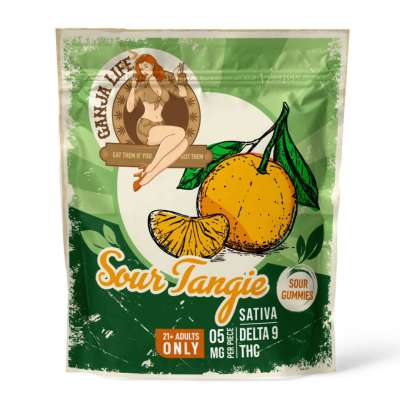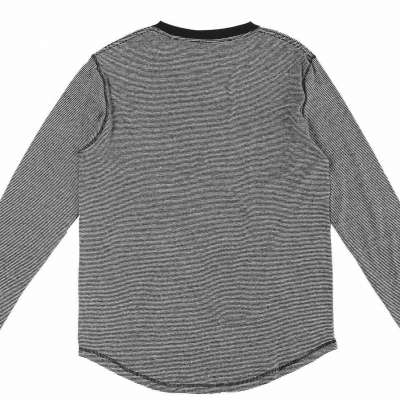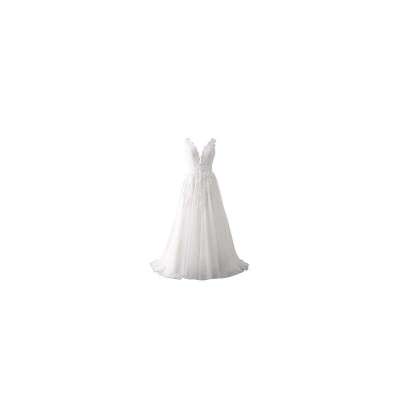
homesteading.com
Reviving Old Homestead Furniture: DIY Restorations & Repurposing
Reviving old homestead furniture brings forgotten pieces back to life. Instead of discarding worn-out chairs or scratched tables, consider restoring them to their old glory. Traditional methods like milk paint and beeswax plus applying simple refinishing techniques can make these projects more manageable. With a little effort, you can help add some functional beauty to your home and at the same time preserve history and reduce waste.
Assess the Condition Before You Start
Before sanding or painting old furniture, check the structure. Look for loose joints, cracks, or missing parts. Wood glue and clamps can easily fix wobbly legs, while replacement screws help secure unstable sections. If old paint or varnish covers the surface, test for lead using an EPA-approved kit.
In addition, dirt and grease build up over time and make cleaning necessary. A simple mixture of warm water and vinegar can remove grime without damaging the wood. If stains persist, mild dish soap and a soft brush also work well. Always dry thoroughly your furniture before moving on to refinishing.
Refinishing for a Fresh Look
Stripping old finish requires patience, but doing so helps reveal the wood’s natural character. But don’t use harsh chemical strippers and instead opt for a citrus-based alternative or a heat gun. A putty knife also helps lift stubborn layers. Once the surface is clean, sand lightly to smooth imperfections.
For a classic finish, use linseed oil to enhance the grain and protect the wood. Apply a thin layer, let it absorb, then buff gently with a cloth. If the surface feels rough after drying, sand lightly and reapply. This method works well for antique cabinets, wooden chairs, and sturdy tables.
Repainting with Milk Paint
Milk paint is ideal for homestead furniture. It’s non-toxic, biodegradable, and creates a soft, vintage finish. Unlike latex paint, it seeps into wood rather than forming a thick layer on top. This results in a more natural appearance.
Mix the milk powder powder with warm water, stir well, and let it sit for 15 minutes. Apply in thin coats using a quality brush. For a distressed effect, skip the bonding agent. If you want a smoother look, mix in the bonding agent before painting. After drying, seal with hemp oil or beeswax for a durable, long-lasting finish.
Creative Ways to Repurpose Old Furniture
Not all pieces need a full restoration. Some can serve a new purpose with minor adjustments. Below are some of the more creative ways to give old furniture new life:
Turn an old door into a farmhouse-style dining table.
Stack wooden crates to create modular bookshelves or storage units.
Convert a broken dresser into a bathroom vanity by cutting space for a sink.
Repurpose a ladder as a towel rack, vertical plant stand, or display shelf.
Mount drawers on a wall to use as floating shelves for books or decor.
Use a salvaged tabletop as a serving board, kitchen island top, or coffee table.
Transform a headboard into a bench with added legs and a seat cushion.
Attach old chair backs to a wooden board for unique wall hooks or a coat rack.
Focusing on sturdy materials and unique shapes helps in repurposing. A little creativity turns discarded items into functional and stylish home additions.
Sealing and Protecting Your Work
Proper sealing keeps restored furniture looking great for years. Beeswax, a favorite among homesteaders, provides a smooth, protective coating. Rub a small amount onto the surface, let it sit, then buff with a soft cloth.
For tabletops or frequently used furniture, tung oil offers excellent moisture resistance. Unlike synthetic sealers, it penetrates deep and strengthens the wood while preserving its character.
Reviving Old Homestead Furniture for Future Use
Reviving old homestead furniture keeps tradition alive and prevents waste. Whether refinishing, repainting, or repurposing, thoughtful restoration adds function and history to your home.
Have you taken on a furniture restoration project? Share your experience in the comments below!
FAQs
What’s the best way to clean wood furniture before refinishing?
A mixture of warm water and vinegar removes dirt. For tough stains, mild dish soap and a soft brush work well.
How can I tell if furniture contains lead paint?
Use an EPA-approved lead test kit. If the test is positive, follow proper safety measures for removal.
Is milk paint better than traditional paint for antiques?
Yes, milk paint absorbs into wood, creating a natural, aged appearance that blends well with older furniture.
How do I fix deep scratches in wood furniture?
Use wood filler for large scratches. For a natural fix, mix sawdust with wood glue and apply to the damaged area.
What’s the safest way to strip old paint?
Citrus-based strippers and heat guns work well. Avoid strong chemicals that release harmful fumes.
Can I use beeswax on all wood types?
Yes, beeswax enhances the wood’s appearance and provides protection without altering its natural color.
What’s the difference between tung oil and linseed oil?
Tung oil creates a harder, water-resistant finish, while linseed oil provides a softer, natural look.
How do I reinforce weak furniture joints?
Apply wood glue to loose joints and clamp them until dry. For extra support, add small brackets or screws.
What’s a simple way to repurpose furniture?
Turn an old dresser into a bathroom vanity, use drawers as wall shelves, or convert a headboard into a bench.
How can I prevent brush marks when painting furniture?
Use a high-quality brush, apply thin coats, and sand lightly between layers for a smooth finish.














